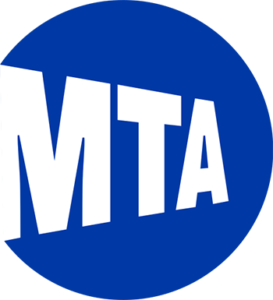Why railroad contracting is more like hockey than golf
Written by Jim Hansen
This is my favorite time of year. Golfers are out in full swing. Hockey teams are in hot pursuit of the Stanley Cup. And railroad contractors are working at maximum capacity.
This is my favorite time of year. Golfers are out in full swing. Hockey teams are in hot pursuit of the Stanley Cup. And railroad contractors are working at maximum capacity.
It’s a close call about which one of these passions I love the most, but there’s no doubt that hockey is a lot more like railroad contracting than golf.
Preparing for a game at the rink is, in many ways, similar to planning for a railroad construction project.
Safety always comes first. You can’t go out on the ice without all the right equipment and with skates sharp and sticks fine-tuned. It’s the same on the railroad. Don’t even think about entering the right-of-way without all the proper personal protective equipment (PPE), tools, and equipment to do the job at hand. And they must all meet current specs and be in good working order, too.
Then there’s the question about who’s in charge. In hockey, the chain of command starts with the coach, but also includes assistant coaches, the captain, and assistant captains. On construction projects, the superintendents call the shots, but you better believe they get their authority from the railroad or property owner. The employee-in-charge and foreman fall in behind. This hierarchy is essential to ensure everyone knows their role, avoids injury, and does not get at cross purposes.
Before the game begins the coach makes sure the team knows the game plan. That includes contingency plans depending on how the game progresses. Teams are ready to gain an edge through strategic line changes and by capitalizing on
power plays.
The same is true with railroading. Every day begins with a daily job briefing, but adjustments occur as conditions change. Workers stay alert and know how to make an assist when necessary. Similar to crossing the blue line too early in hockey, railroad workers know they must stay out of the red zone. It does no one any good to be shorthanded due to a thoughtless mistake.
There are times out on the track when you figuratively have to pull the goalie and go into all offense to complete the job before the game clock expires. In those instances, it’s always an asset to have two-way players who have the versatility and talent to do what’s required to get the job done.
As in hockey, sometimes things just go your way on a job. You hit a stretch of track and operators take off on a breakaway. It’s the same euphoric feeling as scoring a hat trick. There’s no stopping crews focused on hitting their target. Although they aren’t executing a dramatic slapshot, these crews have all the right moves to score.
One thing is for sure, there are no one-man shows in hockey or in railroading. Sure, Gretzky will always be the Great One, but hoisting the Stanley Cup or job successes only come when you assemble a well-trained, balanced team that is ready for action.
I’ve hit thousands of holes-in-one and walked down the 18th fairway in Augusta to the cheers of adoring fans—only in my dreams.
But I’ve actually been part of best-on-best railroad construction crews. Just like championship hockey teams, these elite groups are known not necessarily by their beards, but by their training, experience, execution, and dedication to their goal.
I couldn’t be any prouder of the amazing job being done by railroad workers on crews all across North America this summer.
Hansen is the NRC Chairman. This column appeared in the July issue of RT&S.





